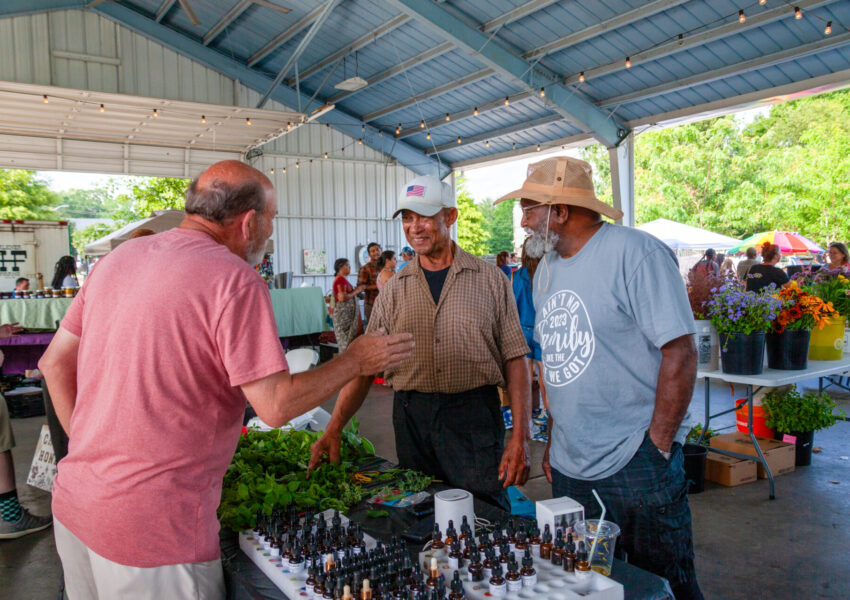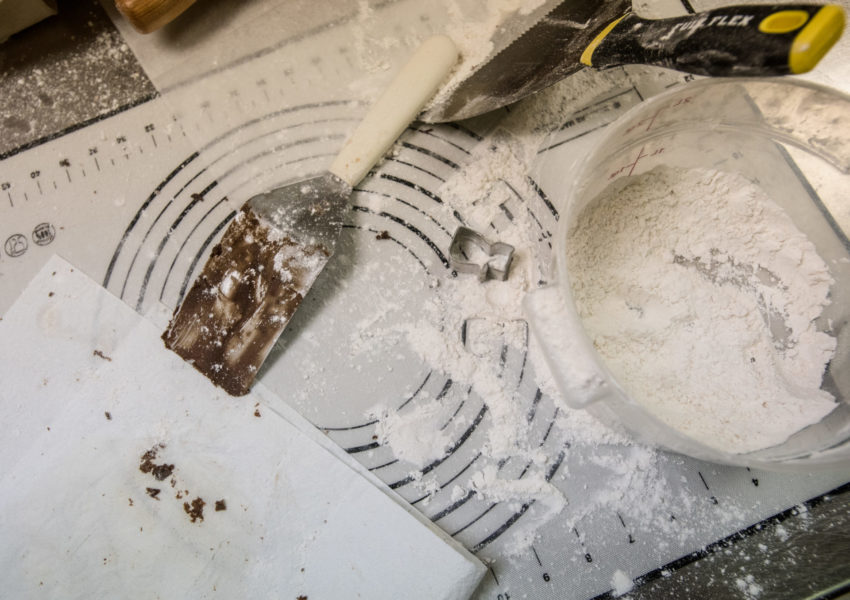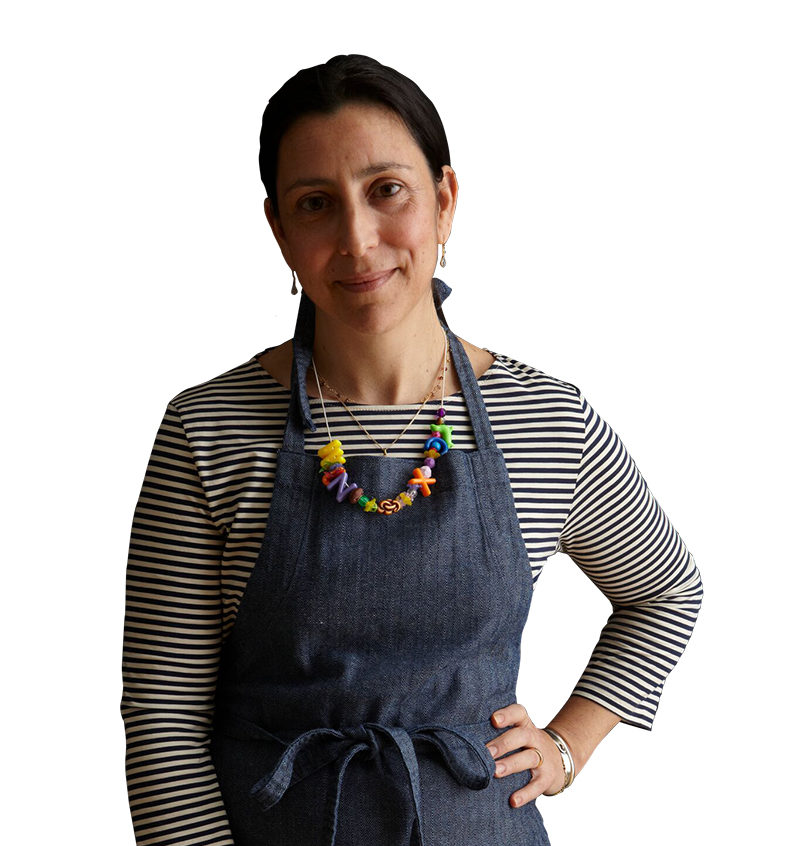Community grain mills were once omnipresent in the South. A community mill often shared space with a general store or a post office. While their wheat and corn got milled, patrons could take care of other business, socialize, and trade. During the 20th century, American flour production industrialized, yielding a uniform commodity, controlled by a small handful of large food companies. The diverse taste qualities of regional grains were lost in favor of “all-purpose flour.”
The South is now experiencing a regional grain renaissance. Modern milling pioneers like Carolina Ground and Anson Mills have joined stalwarts like Lindley Mills to connect farmers and bakers, enabling them to produce a unique regional agricultural product. Farmers, such as North Carolina’s Billy Carter, now experiment with growing different types of wheat. Bakeries, like Bellegarde in New Orleans, are now developing new products that reflect the stone-ground quality and unique taste properties of regionally grown flours.
This oral history project shares the stories of farmers, millers, and bakers who have rejected the industrial system and prioritized great taste.
Photos and interviews by photojournalist and filmmaker Kate Medley.













